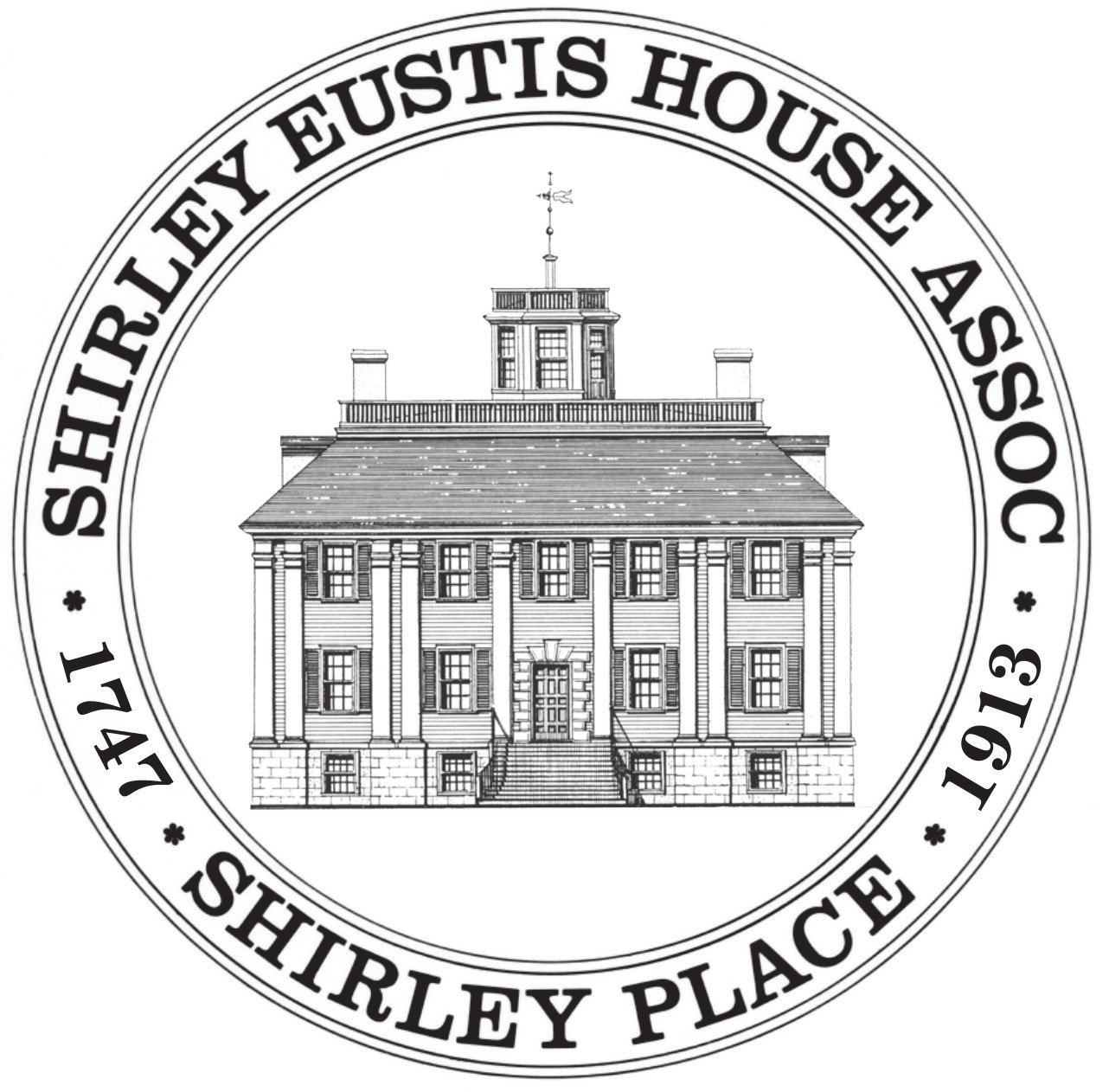Peter Harrison, Part III: Prisoner!...and some time for toilet tinkering
By John F. Millar
Editor’s note: In our October 2020 installment on Peter Harrison, we traveled with the young architect around the Atlantic perimeter and up the coast of North America to meet his future wife. Still seeking his fortune, he soon headed to French Quebec and the massive French fort at Louisbourg, Nova Scotia. In this chapter, Peter again visits Louisbourg in 1744, but this time as a prisoner of the French. What he acquires there proves invaluable to William Shirley’s efforts to oust the French from the territory on behalf of the British Empire. The battle over what may seem today like a mere outpost, influenced the course of American and European history forever. For more on the context of the conflict surrounding Peter’s capture, see Bill Kuttner’s post “Name that War! Part III”, above.
In June 1744, Harrison was sailing the Boston-owned brig/snow Nancy with a varied cargo from Italy to Boston when he was captured by the privateer schooner Le Succes and brought into Louisbourg as prisoner of war. Since he was already a good friend of Colonel Verrier, he was permitted to be a guest at Verrier’s house rather than confined to a dungeon, provided that he swear that he would not leave the house without permission – they did not want him snooping around the fortifications taking notes.
Verrier felt sorry for him, so he offered him his drafting table and the paper in the drawer underneath. Harrison looked in the paper drawer: Verrier had forgotten that he had left the complete plans of the fortifications in it! Harrison carefully copied down the plans and hid his copies in the lining of his coat; nobody suspected a thing because everyone there was wearing paper in their coats as a good way to stay warm. When Harrison was released on a prisoner exchange a few months later, he took the plans to his friend, Governor Benning Wentworth of New Hampshire, who in turn introduced him to William Shirley.
Caption: The Fort at Louisbourg protected France’s growing fishing and trading activities in Nova Scoti and its busy harbor at Port Royal.
Shirley’s eyes popped out of his head: he had been trying to get the Massachusetts Legislature to sponsor an attack on Louisbourg, and they had repeatedly laughed him out of the room because he had no real soldiers, only farmers and fishermen with guns in their hands. When they saw the Harrison plans, they realized Shirley’s warnings about an imminent French invasion might be correct. They told Shirley to go ahead, so a multi-colony force (men from Massachusetts & its colony Maine, New Hampshire, Rhode Island, Connecticut, and New York, and money from New Jersey and Pennsylvania) set sail for Louisbourg on 30 April 1745.
Meanwhile, Harrison had spent time in Newport, courting Elizabeth Pelham, and the colony had asked him to work on the design of the 14-gun brig Tartar which was to be one of the guard-ships for the convoy, and he made the stern look as if it had been designed by the renaissance architect Palladio. While the convoy was approaching Louisbourg, suddenly the powerful 34-gun French frigate La Renomméée appeared out of the fog. Without wasting a second, Captain Daniel Fones steered his tiny brig at the frigate and fired a few broadsides before the frigate could make herself ready to reply. Tartar safely led the frigate far away from the convoy, which the frigate could have completely captured had she not done so.
After the 4,200 Americans had landed near Louisbourg on 11 May, they were supported by a small fleet of British warships under Commodore Peter Warren. Much to everyone’s surprise on both sides of the Atlantic, the powerful fortress of Louisbourg surrendered to the New England amateurs on 28 June 1745. Shirley knew that this action had prevented the French from successfully invading British America. Essentially, we speak English today and we do not all eat croissants for breakfast, thanks to Shirley and Harrison.
Back to Harrison while he was a prisoner: as a ship captain, he was familiar with pumps and valves, and it was not long before he had figured out the details of how to make the world’s first practical flush toilet with the familiar S-shaped exit valve. He enlisted Verrier to provide him with some workmen capable of executing what he had drawn, so Verrier’s Hospital at Louisbourg had a few of the units fitted, which greatly improved sanitary conditions.
Alexander Cummings patent drawing for his flush toilet, presumably based upon Harrison's design. The bowl was flushed by a stream of water flowing dowward through the black tube from a tank suspended above.
After he was freed, he found a letter waiting for him in Newport from authorities in Liverpool, asking him to design a 100-bed hospital. He incorporated no fewer than thirty-six flush toilets in the design, which caused the Infirmary administration to publish the floor-plans, showing each of the toilets! The Infirmary was destroyed in 1824 because it was then too small. Harrison later incorporated flush toilets into many hospitals that he designed, including the 1755 Pennsylvania Hospital at Philadelphia, and the 1758 Stonehouse Royal Naval Hospital near Plymouth, England. Immediately after Harrison’s death, Scotsman Alexander Cumming took out a patent for Harrison’s design.


